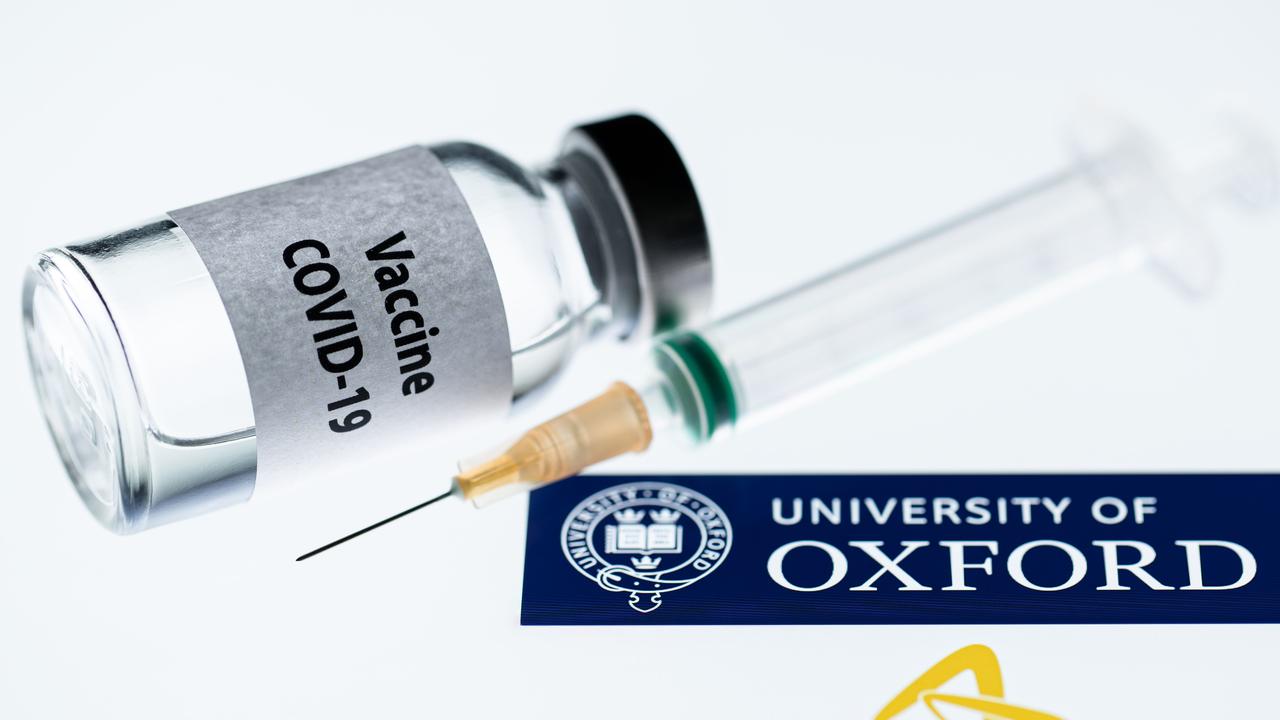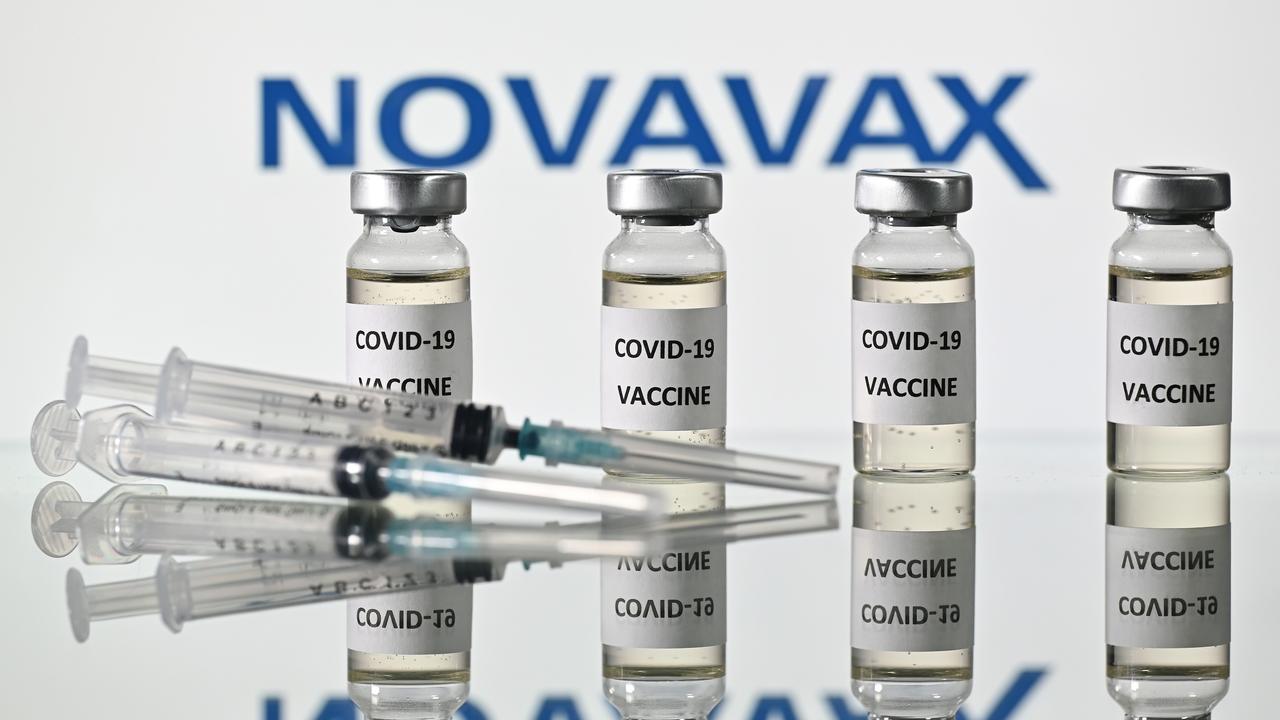The four vaccines Australia will get in fight against COVID-19
Australia will have access to more than 140 million COVID-19 vaccine doses. But despite the huge number, experts have warned against one mistake.
In theory, working out the “best” COVID-19 vaccine is simple. Which jab provides greatest protection?
Some vaccines, including the Pfizer jab which is the first to be offered in Australia, claim an efficacy rate of 95 per cent.
Others are less effective, with some critics suggesting they are “second best” options. But experts caution that deciding on the best vaccine strategy is not that simple.
How long the vaccine protects against COVID, how it is delivered and transported in terms of logistics and how quickly it can be rolled out to as many people as possible is also a big part of the equation.
RELATED: Australia’s anti-vaxx hot spots
REALTED: Big concerns about the vaccine answered
And because the vaccines are so new, some of those questions, particularly how long the vaccine will provide protection for, remain unknown.
That’s why Australian health chiefs say it would be a big mistake to “vaccine shop” for a preferred COVID-19 cocktail.
Vaccinating against COVID-19 is the easiest way for Australians to get their normal lives back, but millions are hesitant to get the jab.
News.com.au’s Our Best Shot campaign answers your questions about the COVID-19 vaccine roll out.
We’ll debunk myths about vaccines, answer your concerns about the jab and tell you when you can get the COVID-19 vaccine.
Australia has invested more than $3.3 billion in four vaccine agreements. These are the vaccines we are likely to have access to in 2021.
PFIZER/BIONTECH COVID-19: 10 MILLION DOSES
The Pfizer vaccine will be the first vaccine available to frontline border force staff and hotel quarantine workers. It requires two shots: a priming dose, followed by a booster shot.
The recommended gap between the first and second day is around 21 days or three weeks although in the UK, experts have chosen a controversial strategy of extending that, simply to vaccinate as many people as possible with the first dose.
It claims a 95 per cent efficacy rate at preventing symptomatic COVID infection. But it’s worth unpacking what that actually means.
The early results were stunning. Just 28 days after the first dose, there were 170 confirmed cases of COVID-19 after 43,000 vaccinations, with 162 observed in the placebo group versus just eight in the vaccine group.
In other words, just eight people who were vaccinated out of 43,000 people still got COVID.
But Israel has recently warned that it could be as low as 33 per cent effective after the first injection, but obviously rising after the second dose.
Sir Patrick Vallance, the UK government’s chief scientific adviser, said between day 10 after the first dose and 21 days after, it was much more like 89 per cent efficacy.
But he cautioned that in the real-world results might not be as good as clinical trials.
“It probably won’t be as high as that in practice, but I don’t think it’ll be as low as the figures you’ve just given,” he said.
“We need to look at this very carefully, we just need to keep measuring and understanding.”
Logistically, there are also issues with the vaccine. The Pfizer vaccine is difficult to transport because it must be kept in cold storage.
That’s a big problem in terms of logistics and remote communities, particularly in Australia over summer. That’s why it makes sense to distribute it in “hubs” and hospitals to a smaller group of frontline staff.
But here’s the big question. While the Pfizer vaccine reduces the risk of severe COVID disease it’s not yet known that it or indeed other vaccines prevent people transmitting the virus.
In other words, if you’re vaccinated you may still be able to transmit COVID. However, you’re unlikely to get sick, hospitalised or die. What’s not clear is if you can infect others.
One great piece of news about the Pfixer vaccine - and the Moderna vaccine - is that it does offer protection against the ‘mutant’ version of the virus that has emerged in the United Kingdom, South America and now across Europe.
Like all vaccines, there are also side effects including fever, which are a sign the immune system is kicking into gear.
The most common side effects are injection site pain, fatigue, headache, muscle pain, and joint pain.
Side effects are more likely when you receive your second dose and more common with younger patients.
ASTRAZENECA: 53.8 MILLION DOSES
Australia has secured 53.8 million doses of this vaccine. Nearly four million doses will be delivered to Australia in early 2021 and another 50 million doses will be manufactured by CSL in Australia in monthly batches.
The ability to manufacture the vaccine here in Australia has huge advantages in terms of the rollout of the vaccine because Australia is not reliant on the vaccine being shipped from overseas or getting lost in a “queue” with other countries.
But there has also been criticism that in some early trials the vaccine did not have an efficacy result as high as Pfizer.
Early partial trial results suggested the jab’s overall efficacy was 62 per cent - much lower than the 95 per cent efficacy reported by Pfizer.
However, in November, AstraZeneca announced its vaccine had reached 90 per cent efficacy in another, smaller trial when they were given a half dose and then a full dose by mistake.

The debate alarmed health chiefs in Australia, who were horrified that it may dent confidence in the vaccine program and prompt people to ask doctors for one vaccine over another.
Australia’s chief medical officer, Paul Kelly has strongly argued the AstraZeneca vaccine is “effective,” “safe” and of “high quality” and not a second option compared to Pfizer.
“So, they’re both good. And so, a couple of things I’d say there - the World Health Organisation, this was in agreement among experts, their bar that they wanted all COVID vaccines to exceed is 50 per cent,’’ he said.
“So, 62 per cent, 70.4 per cent, 90 per cent, 94.5 per cent and 95 per cent, so those are all the percentages for AstraZeneca and their two different ways of giving the vaccine.
“Pfizer and Moderna, are all above 50. So, these are all very good vaccines in terms of efficacy for symptomatic illness. All show a very significant effect against severe illness.”
The big advantage logistically is that the vaccine can be manufactured by Australian-headquartered multinational biopharmaceutical company CSL in partnership with the developer, international pharmaceutical company AstraZeneca.
“It will be available as soon as the TGA gives its tick, which we expect that it will in February,’’ Prof Kelly said.

NOVAVAX: 51 MILLION DOSES
Novavax’s two-shot vaccine is likely to play a significant role in the nation’s vaccine strategy. It may even emerge as the main player down the track.
Early trials suggest it could be available as early as the middle of this year as the vaccine rollout extends to adults and workers not in the frontline of the health response.
“I have a very strong feeling that Novavax, or one of the other protein vaccines will be the long-term option for vaccination for the world,” Prof Kelly said.
“We’re likely to get the full dossier for data in relation to that vaccine before the middle of the year.
“So that would be another option later in the year for us, hopefully.”
Protein vaccines take longer to manufacture, but have a strong record of long-term protection, which could mean in the long run that they outperform Pfizer and Moderna by lasting longer and reducing the need for booster shots.
COVAX FACILITY - MORE THAN 25 MILLION DOSES
The Australian Government has also joined the COVAX facility, which provides access to a large portfolio of COVID-19 vaccine candidates and manufacturers across the world.
Under the agreement, Australia will commit an initial $123.2 million to be part of the purchasing mechanism of the facility, meaning we can receive offers to purchase vaccines when they become available.
It’s through this agreement we may also gain access to the Moderna vaccine which offers similar efficacy results to Pfizer.
“Whoever finds a COVID-19 vaccine must share it. Australia signing up to the COVAX Facility is an important part of our commitment to this principle,’’ Health Minister Greg Hunt said.
“Being a part of COVAX means we’re giving Australians the best chance of accessing a safe and effective vaccine, but also our neighbours in the Pacific and Southeast Asia, and partners overseas,” Mr Hunt said.




